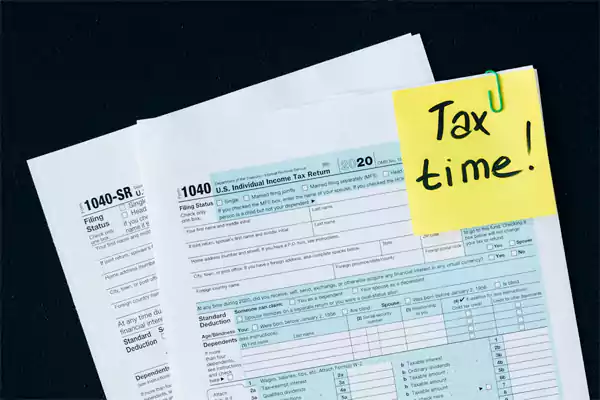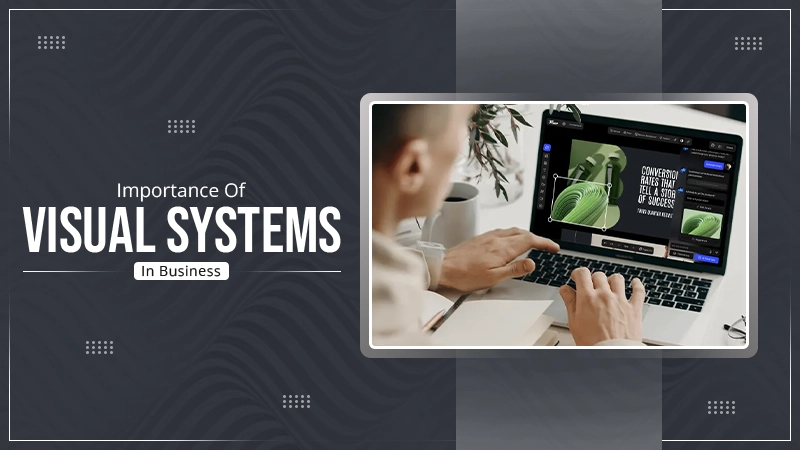The accounting equation represents a relation between assets, liabilities, and shareholders’ equity. A business preparing balance sheets shows that the double entry system is being followed.
The accounting equation is a model that states a company’s total assets are equal to the sum of total liability and shareholders’ equity. This equation helps companies evaluate their financial health, perform accurate bookkeeping, measure profitability, etc.
You can understand the significance of the accounting equation from the fact that financial statements like balance sheets are entirely based on this model. Here, the components like wages payable are posted on the liabilities side, whereas assets like accounts receivable are on the asset side.
Therefore, deeply understanding the accounting equation is a must to find the perfect accounting services for your company, or it may lead to improper evaluation of a company’s financial health.
What is the Basic Accounting Equation?
The accounting equation includes the involvement of liabilities, assets, and shareholders’ equity to balance the variables of the balance sheet, set the foundation of double-entry bookkeeping, and help in making informed business decisions. This includes paying off liabilities with year-end accounts and CT returns services.
To further make things easier and solve your query of “What is the accounting formula?”, Here, we have provided the basic accounting equation:
| Total Liabilities + Shareholders Equity = Total Assets |
This is the equation that forms a double-entry connection for all accounting entries in businesses, i.e., every entry has a debit as well as a credit side.
You can also check the balance of your business using the accounting equation.
- Calculate the total assets of your business for the period.
- Compile the total of all the business liabilities.
- Make adjustments and calculate the total shareholders’ equity.
- Post the respective amounts in the equation. Both sides should be matched.
Key Components in Accounting Equation
There are mainly 3 affecting components of the accounting equation, with numerous influential variables. These variables can create changes in the numbers, but the equation will still be balanced.
Assets

Assets are the components that have a monetary value and can be used to generate business income. Apart from just creating income for businesses, assets can also be used to turn into cash equivalents, such as outstanding invoices. Thus, associating with a respectable accounts receivable service is necessary for better management.
For better recognition, some examples of assets are the company’s building, plant, machinery, property, inventory, etc.
Liability

Liabilities are nothing but the debt or financial obligation a business owns from other parties. Whether the company needs to pay it after a long-term or a short period, the amount shows the outflow of cash or cash equivalents. Hence, it is considered a contractual repayment.
Some examples of liabilities are taxes, accounts payable, deferred revenue, and accrued expenses.
Shareholders Equity

Also known as shareholder equity and equity, this is the invested capital of shareholders in the company. It is the amount that shareholders will eventually receive after the company pays off all its debts and liquidates all its assets.
Additionally, the shareholder’s capital can also be calculated with the following formula:
| Shareholders’ Equity = Share Capital + Retained Earnings – Treasury Stock |
- Share capital: Money raised from selling shares to investors.
- Retained earnings: Net profit after making adjustments for dividends.
- Treasury Stock: The company’s shares that are bought back from the shareholders.
Limitations of Accounting Equation

One of the light-shedding problems with the accounting equation is its consideration of variables at historical cost. Yes, it is true. The amount posted from the ledger accounts to the balance sheet is recorded at their historical amount, which means that inflation or reduction in the value of assets is neglected. This leads to a misrepresentation of the financial health of the company.
Another issue with the accounting equation is a lack of proper exposure to data that leads to investors interpreting the company’s performance. This also prompts potential investors to find out whether the company has enough assets and liabilities to perform well in the future or not.
Examples of Accounting Equation
- Robert Solutions Ltd. has compiled and posted all the balances of the ledger accounts to the balance sheet and summed up all the amounts of assets, liabilities, and shareholder equity.
Assets = $61,25,050
Liabilities = $20,45,400
Shareholders Equity = $40,79,650
Assets = Liabilities + Shareholders Equity
- John and Roberts Ltd. has prepared the balance of the accounting year 2023. During summing up the components of the balance sheet, the assets and liabilities are accounted to be $54.83 million and $24.79 million, respectively. Find the shareholders’ equity that should be accounted for in the balance sheet.
Assets = Liabilities + Shareholders Equity $54.83 million = $24.79 million + Shareholders Equity
Shareholders Equity = $54.83 million – $24.79 million
Shareholder’s Equity = $30.04 million
Working of Double-Entry System
A double-entry system is an accounting system that states each financial transaction has two sides, which means the amount will be journalized with both a debit and credit nature. This double effect of business transactions ultimately balances out both sides of the accounting equation. Therefore, opting for well-known bookkeeping services is important to avoid calculation and posting errors.
Here are some examples to understand how the double-entry system works.
- A business has decided to pay off its creditors. The payment was made in cash from the cash reserves. This transaction will reduce the amount of both assets and liabilities as cash is being taken out and liabilities are being paid off.
Assets – Cash Payment = (Liabilities – Payment Made to the Creditor) + Shareholders Equity
- Brian Solution borrowed money worth $10 million from a bank. This transaction will increase the amount of liabilities and assets with the same effect.
Assets + Cash at Bank = (Liabilities + Bank Loan) + Shareholders Equity
- XYZ Ltd. issued equity shares worth $200K. The payments were made on par with no pending payments. This affects the shareholders’ equity and assets with an equal effect.
Assets + Cash Received from the Shareholders = Liabilities + (Shareholders Equity + Share Capital)
Conclusion
Although the accounting equation may seem very simple at first glance, it plays a huge role in accounting practices. Even the renowned financial statement, the balance sheet, is also based on this concept that maintains a balance in the company accounts across a given accounting cycle.
Even with the limitations, the accounting equation still turned out to be the best model introduced for accounting for businesses.











